Get to know some of the Helmholtz scientists who would like to welcome a visiting researcher to their group for a short-term research stay. Find out what projects they are currently working on, what your contribution can look like and what you can learn from their specific research approaches.
Helmholtz-wide cooperations
If you are looking for a suitable host supervisor, please note: You can also contact other scientists (usually PIs or Head of Divisions) at the 18 Helmholtz centers for this purpose and arrange with them to participate in the Helmholtz Visiting Researcher Grant or the HIDA Trainee Network. The list below is not exhaustive.
For an overview of the Helmholtz centers and specific research areas, please click here:
Helmholtz Hosts
Get to know your potential hosts at the Helmholtz Centers and learn more about their respective data science research by clicking on the cards.
Please note: You have to contact your potential host supervisor by email in order to propose and discuss a possible research project before submitting your application.
If you do have questions, please email: hida@helmholtz.de
Would you like to become a Helmholtz host yourself and are looking for support for your research project? Then please contact us at the above e-mail address as well.
Karlsruhe Institute for Technology - KIT
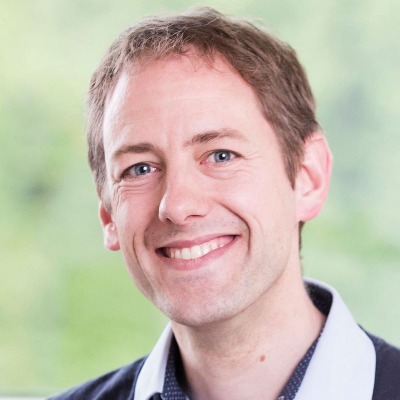
Jan Cermak
Satellite Climatology
Contacts

Short summary of your group's research: We focus on the development, validation and application of geophysical remote sensing techniques, with special attention to the Earth surface - atmosphere interface. Topics of special attention include cloud processes, air pollution, land-surface temperature and interactions between the land surface and lower atmosphere. Our methods are primarily remote sensing and machine learning.
What could a participant of the HIDA Trainee Network learn in your group? How could he or she support you in your group? Collaboration is at the core of our approach to research. We can offer the opportunity to learn in this exchange about our topics and methods. KIT is one of the most exciting locations for atmospheric research, with world-class infrastructures, several seminar series and numerous project links to other institutions around the world. You will become part of this environment.
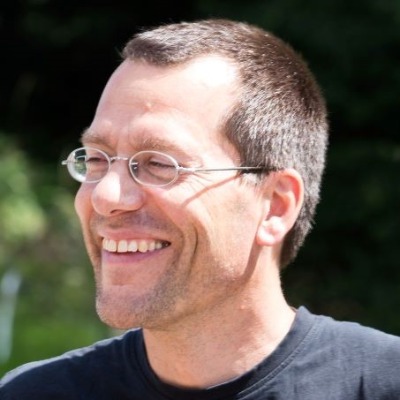
Uwe Ehret
Water and River Basin Management
Contacts

Short summary of your group's research: Our group has a wide range of hydrology-related interests comprising conceptual and physically based hydrological modeling, ecohydrology, application of thermodynamic principles to hydrology, data-infrastructures and data-based learning. In the context of HIDA, especially the latter topic is of interest: My colleague Ralf Loritz and I focus on applying machine-learning approaches to hydrological modeling, and applying concepts from information theory for both hydrological system analysis and as a basis for building hybrid hydrological models merging information from data and knowledge.
What infrastructure, programs and tools are used in your group? We have developed and use a range of open-source Matlab- and Python-based tools for analysis and modeling in hydrological and geostatistical contexts. See more on Link.
What could a participant of the HIDA Trainee Network learn in your group? How could he or she support you in your group?
What you can learn from us:
- Applying state-of-the-art tools for supervised and unsupervised learing in hydrological settings
- Applying state-of-the-art machine-learning tools for hydrological forecasting and prediction
- The beauty and generality of concepts from information theory, and how they can be used for hydrological analysis and model building
What we can learn from you:
- A fresh look and feedback on what we do
- New insights into our methods by applying them to your data and problems
- Learn about alternative methods
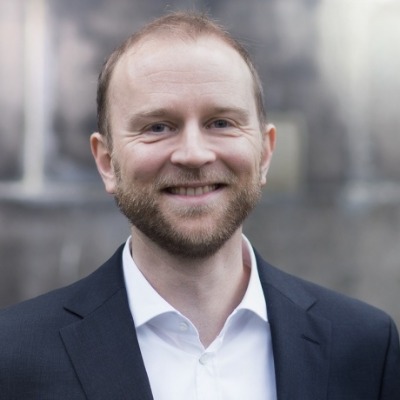
Martin Frank
Computational Science & Mathematical Methods
Contacts

Short summary of your group's research: The research group Computational Science and Mathematical Methods (CSMM) under the supervision of Prof. Dr. Martin Frank is an interdisciplinary research group working on different challenges in mathematical modeling. We are unified by our interest in method-oriented mathematics, in mathematical modeling inspired by applications, and in the didactics of mathematical modeling. Our research focuses on bringing modern mathematical techniques such as modeling, simulation, optimization, inverse problems, uncertainty quantification, and machine learning/artificial intelligence into the real-world. Furthermore, we take an interest in kinetic theory, developing models, numerical methods and software implementations and combining them with the aforementioned techniques.
What infrastructure, programs and tools are used in your group? Among other things, we use the modern high performance computing infrastructure of KIT, namely bwUniCluster. We develop software and tools in Julia, Python, C++ and Matlab, depending on the project. We employ several project specific software stacks for uncertainty quantification and medical image processing.
What could a participant of the HIDA Trainee Network learn in your group? How could he or she support you in your group? As an interdisciplinary research group, we offer a lot of possibilities for a participant of the HIDA Trainee Network and many different interesting projects to support. A mathematically oriented participant could learn interesting aspects about machine learning based numerical methods for kinetic equations. Furthermore, the group offers projects in mathematical methods for uncertainty quantification and dynamical low rank.
An application-oriented participant may find interest in the project about neural network based medical image processing or uncertainty quantification in radiation therapy.
A participant, who is interested in teaching, can learn about bringing modern and method oriented mathematics to the classroom and can work on applied mathematical projects with high school students.
We develop an open source simulation toolkit for radiation therapy planning, which also offers the possibility to engage and participate. Detailed descriptions of our projects can be found on our group homepage.
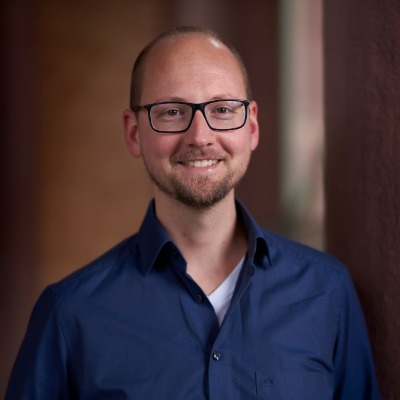
Pascal Friedrich
Artificial Intelligence for Materials Sciences
Contacts

Short summary of your group's research: The AiMat group works on the development and application of AI and machine learning (ML) methods for materials science and chemistry. Focus topics are (graph) neural networks for the prediction of molecular and materials properties, the combination of interpretable AI methods, ML-enhanced simulations and automated experiments to autonomous materials acceleration platforms, and generative models for inverse materials design.
What infrastructure, programs and tools are used in your group?
Infrastructure: HPC systems as BWUniCluster and HoreKa
Programs: Python and machine learning libraries, as well as quantum chemistry simulations
What could a participant of the HIDA Trainee Network learn in your group? How could he or she support you in your group? We welcome participants with either a background in machine learning and methods development, who are interested in applying the models to interesting scientific questions, or participants with a background in materials science/chemistry/physics, who want to learn more about machine learning and teach us about their application areas!
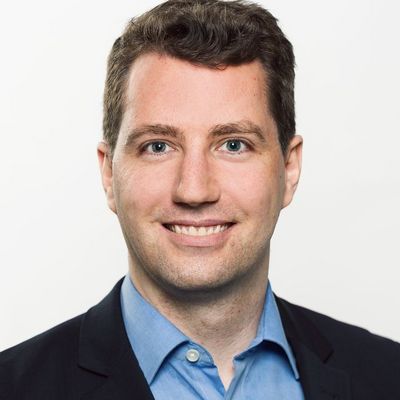
Michael Färber
Web Science
Contacts

Short summary of your group's research: The research group "Web Science," headed by Dr. Färber, deals with data science and web science. The focus is on the development and application of artificial intelligence (AI) methods. This includes the semantic representation of knowledge through knowledge graphs, machine learning (e.g. for search and recommendation systems), and natural language processing.
What infrastructure, programs and tools are used in your group?
HPC systems (e.g., www.nhr.kit.edu/userdocs/horeka/, wiki.bwhpc.de/e/Category:BwUniCluster_2.0); own server infrastructure for experiments and demonstrations; programming typically in Python.
What could a participant of the HIDA Trainee Network learn in your group? How could he or she support you in your group? We welcome participants with a background in natural language processing, knowledge graphs, or machine learning (e.g., with a degree in computer science, industrial engineering, computational linguistics, mathematics, or a related subject), who want to perform joint research with us and publish the results at international venues. We offer a modern workplace, a pleasant working atmosphere, and flexible working times. Current research topics include the combination of deep neural networks with knowledge graphs, information extraction for knowledge graph creation, and using knowledge graphs for (explainable) recommender systems. We also welcome new research ideas.
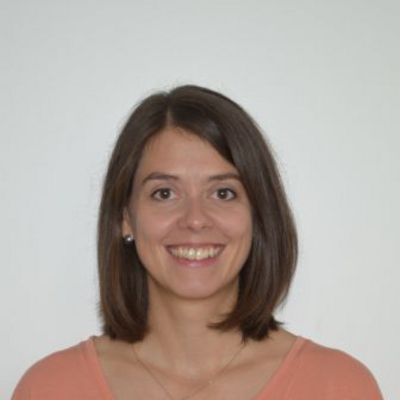
Martina Klose
Mineral Dust
Contacts

Short summary of your group's research: We investigate mineral dust processes with the goal to better quantify the (dust) aerosol cycle and its impacts on climate and environment. Our focus is on dust emission, dust-cloud interactions, interactions of dust with other aerosols, as well as on land-surface properties and their changes. In our research, we apply and develop numerical models, study processes theoretically, and conduct field and laboratory experiments.
What infrastructure, programs and tools are used in your group? High-performance-computing; weather models such as ICON-ART; observational instrumentation
What could a participant of the HIDA Trainee Network learn in your group? How could he or she support you in your group? We can offer expertise with numerical modeling and working with heterogeneous data sets, such as model and observational data. We are interested in expanding our activities toward artificial intelligence and novel statistical methods for data analysis.
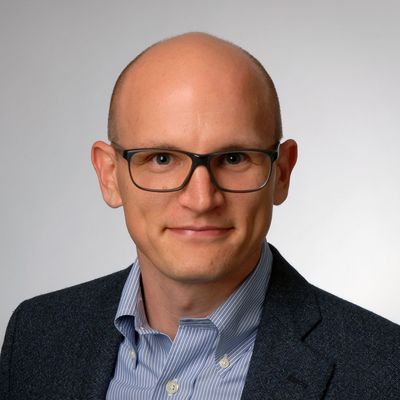
Sebastian Krumscheid
Uncertainty Quantification
Contacts

Short summary of your group's research: We develop advanced mathematical and numerical techniques for the treatment and quantification of uncertainties in complex computational models. Our research focuses on theoretical and methodological aspects, as well as on interdisciplinary projects where theoretical sound methodologies are tailored to applications. For these tasks, we employ a variety of techniques, including tools for high-dimensional approximations and machine learning, Bayesian approaches for inverse problems and data assimilation, as well as efficient and robust sampling methods.
What infrastructure, programs and tools are used in your group? Our interdisciplinary research focus necessitates the use of a wide range of tools. For example, we implement our developed mathematical methodologies in modern programming languages, such as Python, C++, Matlab, and R, depending on the project. Moreover, we take advantage of the modern high-performance computing infrastructure at KIT for computational-intensive tasks.
What could a participant of the HIDA Trainee Network learn in your group? How could he or she support you in your group? As a participant, you will become part of a highly motivated team. You will be able to learn about advanced mathematical and computational methodologies for the treatment and quantification of uncertainties at the interface of computational models and data. With your expertise, we will carry out novel interdisciplinary research by applying our methodologies to your data and problems. Furthermore, your application oriented expertise could inspire new ideas at the intersection of computational models and data that may spark new collaborative research activities.
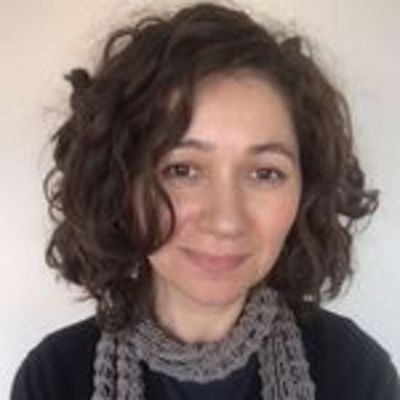
Sanja Lazarova-Molnar
Applied Informatics & Formal Description Methods
Contacts

Three-sentence summary of your group's research: The research group Systems, Data, Simulation & Energy (SYDSEN) is concerned with the advancement of the field of Modeling and Simulation by developing new methods to utilize nowadays prevalently available data from easily accessible Internet of Things (IoT) devices. In addition, the research group looks at the synergies between Artificial Intelligence and Simulation to enhance both areas.
The application areas focus on cyber-physical systems, including smart factories and energy systems, and enhancing various performance metrics, such as energy efficiency, production and reliability.
What could a guest researcher learn in your group? How could he or she support you in your group? How to use data-driven methods to enhance modelling and simulation processes.
The guest researcher can participate with collaboration in ongoing or new research, as well as knowledge dissemination and participation in classes.
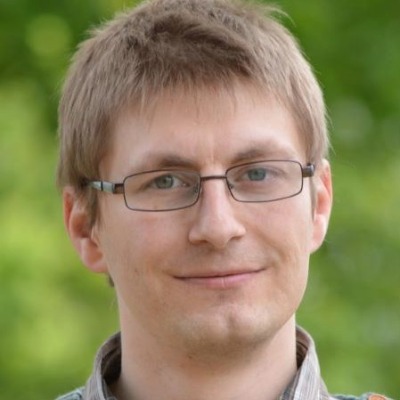
Jörg Meyer
Data Analytics, Access and Applications
Contacts

Short summary of your group's research: The department Data Analytics, Access and Applications (D3A) at the Steinbuch Centre for Computing (SCC) performs research in applied Artificial Intelligence engineering, contributes to the European Open Science Cloud, has in-depth expertise in federated authentication and authorization infrastructures, and works on joint research of computer scientists and researchers from the field climate and environment. Recently, we launched a team working on the prospering field of Quantum Computing with a focus on hybrid quantum-classical machine learning algorithms.
What infrastructure, programs and tools are used in your group? Depending on the topic we use various programming languages and computing environments such as high performance computing clusters. For many challenges Python turned out to be the first choice.
What could a participant of the HIDA Trainee Network learn in your group? How could he or she support you in your group? As a candidate you will be part of our lively quantum computing team where you will gain or deepen your understanding on different aspects of quantum machine learning, our current research as well as algorithmic methods. You can further learn state-of-the-art software development methods by supporting us in extending and developing scientific open source software for quantum computing.
You can complement our interdisciplinary team by generalizing and evaluating our methods based on your own background and data and thereby enhance existing activities or even kickstart new activities.
Depending on your interests you can get an overview on other recent research topics in D3A and other research departments at SCC.
At present, Jörg Meyer can only accept applications from people interested in the HIDA Trainee Network, i. e. Helmholtz-internal candidates.
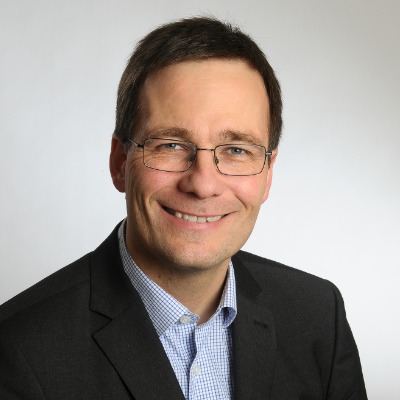
Peter Sanders
Algorithm Engineering
Contacts

Short summary of your group's research: Efficient algorithms and data structures are the basis of all nontrivial computer applications. Algorithmics – the systematic development of efficient algorithms – is therefore crucial for transforming technological potential into applications that are important for technology, business, science, and our daily lives. At the institute of theoretical informatics, our group focuses on the "basic toolbox" of methods that are needed in many applications, e.g., sorting, hash tables, index data structures, route planning in graphs, or partitioning graphs. A particular focus is on parallel algorithms ranging from shared-memory machines to the largest supercomputers. Here, basic tools we develop include load balancing, collective communication primitives, and (hyper)graph partitioning.
Helmholtz researchers outside computer science might profit from a cooperation with our group if improved basic tools can remove performance bottlenecks in their applications.
What infrastructure, programs and tools are used in your group? C++, MPI, Intel TBB, OpenMP. Our own software libraries for sorting, (compressed) hash tables, search trees, (hyper)graph partitioning, route planning,... Various parallel computers ranging from shared-memory machines to large supercomputers (e.g. SuperMUC-NG).
What could a participant of the HIDA Trainee Network learn in your group? How could he or she support you in your group?
Learn: algorithm engineering (i.e., design, analysis, implementation and experimental evaluation as a holistic process), understanding of scalability issues. Use of our techniques and software.
Support: Develop improved basic algorithmic tools with us. Engineer you application with us using our techniques, algorithms, and software libraries. A goal would be to have a prominent joint publication.
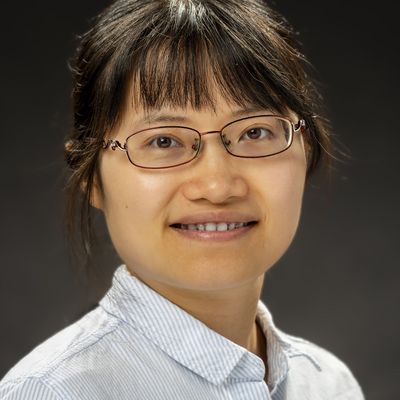
Jingyuan Xu
Microstructure Technology
Contacts

Short summary of your group's research: My research focuses on:
- development of elastoclaoric cooling device
- shape memory alloys and elastomers for elastocaloric cooling
- solar systems (PV, solar thermal, PVT) for cooling, heating and power
- solid-state cooling/heat pump
What could a participant of the HIDA Trainee Network learn in your group? How could he or she support you in your group? Next-generation sustainable zero-carbon energy technologies for cooling, heating and/or power, with emphasis on the renewable energy sources (e.g., solar energy) and/or the waste heat, with the ultimate goal of reducing greenhouse gas emissions and mitigating the impacts of climate change for sustainable future.
Helmholtz-Zentrum Berlin für Materialien und Energie - HZB
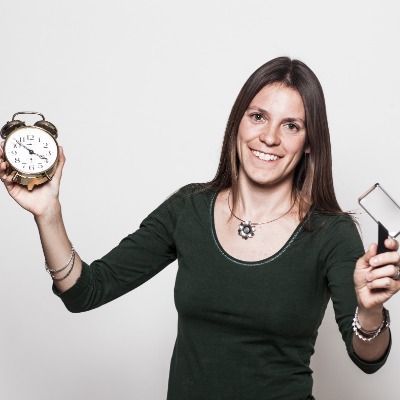
Annika Bande
Theory of Electron Dynamics & Spectroscopy
Annika Bande - HZB

Short summary of your group's research: The electronic Schrödinger equation encodes the excited states of any material and their interaction with light may it be in electron dynamics or spectroscopy. We solve the equations in particular for nanomaterials accounting for their chemical environment. Particular interest lies in employing the recent methods of data science and quantum computation along with the traditional theories.
What infrastructure, programs and tools are used in your group? Different commercial and self-written quantum chemistry codes
What could a participant of the HIDA Trainee Network learn in your group? How could he or she support you in your group? Learn: Questions from the domain science quantum chemistry to data science, in particular handling of scarce data. Cutting-edge method development. Support: Overview knowledge on data science and experience in formulating questions properly for a data-driven solution.
Max Delbrück Center for Moleculare Medicine in the Helmholtz Association (MDC)
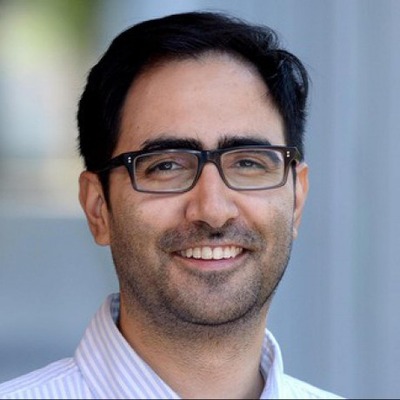
Altuna Akalin
Bioinformatics and Omics Data Science
Contacts

Short summary of your group's research: We have a broad interest in gene regulation, specifically transcriptional regulation and association of transcriptional regulation with epigenomics. We are aiming to use data intensive computational methods to uncover patterns in gene regulation relating to cell differentiation and complex diseases.
What infrastructure, programs and tools are used in your group? HPC, statistical and machine learning tools implemented in Python or R
What could a participant of the HIDA Trainee Network learn in your group? How could he or she support you in your group? Participant can learn domain specific data processing techniques and provide support in machine learning applications.
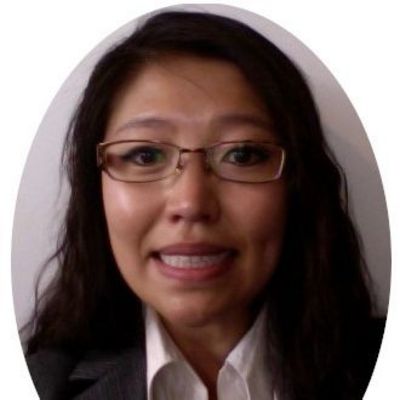
Claudia Chien
Clinical Neuroimmunology
Contacts

Short summary of your group's research: Our group follows a translational clinical research approach. This means that we try to transfer new developments and findings from basic research directly into clinical work. We mainly focus on research in multiple sclerosis and neuroinflammatory diseases, however the MRI Team within AG Neuroimmunology has several projects that investigate other disorders. These imaging analysis methods and techniques are translatable to many different central nervous system studies.
What infrastructure, programs and tools are used in your group? Berlin Center for Advanced Neuroimaging, NeuroCure Clinical Research Center, Neuroimmunological Colloquium, Berlin Institute of Health, Bernstein Center for Computational Neurosciences
What could a participant of the HIDA Trainee Network learn in your group? How could he or she support you in your group?A guest researcher would learn how to investigate MRI parameters from clinical studies from real patients and volunteers. The researcher would be expected to support our group with set up of analysis pipelines of raw MRIs using high performance computing (https://www.hpc.bihealth.org/) resources and learn how to quality control clinically relevant data.
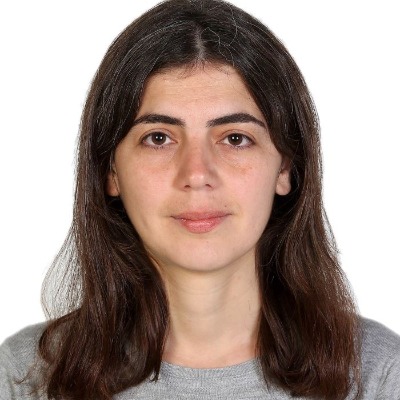
Laleh Haghverdi
Computational methodologies and omic analytics
Contacts

Short summary of your group's research: We are a computational biology group working with a range of single-cell omic data modalities including proteomics, transcriptomics, epigenetics and genomics to study biological systems such as development, haematopoiesis or leukaemic stem cells and their niche.Establishment of efficient computational methodologies for analysis of large single-cell omic data sets, resolution of complex lineage trees, data integration and interpretation across multiple modalities and assays as well as mathematical formulation of the applied methods are of central interest in the group.
What infrastructure, programs and tools are used in your group? Python, R, computational tools for single-cell data analysis
What could a participant of the HIDA Trainee Network learn in your group? How could he or she support you in your group? Hight-throughtput measurements of molecular states at the single-cell level are today accessible for biological and clinical studies, thanks to new and still evolving technological developments. Located in the cool central Berlin district, we are an interdisciplinary group trained in physics, mathematics, bioinformatics and molecular biology working together to address several aspects of computational analysis of such newly emerging datasets. We are interested in extending our machine learning and data science collaborations and contacts.

Jakob Metzger
Quantitative Stem Cell Biology
Contacts

Short summary of your group's research: We are an interdisciplinary group focusing on a quantitative understanding of human neurodevelopment using stem-cell derived organoids. Using machine learning to analyze the difference between normal and pathological processes, we aim to dissect the mechanisms of neurodevelopmental and neurodegenerative diseases.
What infrastructure, programs and tools are used in your group? Python, R, machine learning
What could a participant of the HIDA Trainee Network learn in your group? How could he or she support you in your group? As an interdisciplinary group, we apply a range of computational tools to the analysis of biological data, including imaging and genomics data. Participants can learn data analysis techniques and provide support in developing new data science pipelines, such as machine learning applications.
German Center for Neurodegenerative Diseases - DZNE
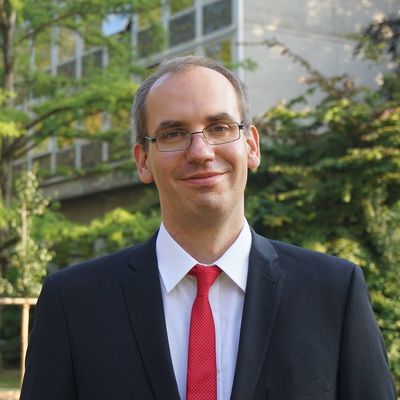
Matthias Becker
Modular High Performance Computing & AI
Contacts

Short summary of your group's research: The Modular High Performance Computing and Artificial Intelligence group works on building and improving computational architectures for growing data sets in neurodegeneration with the focus on memory-centric systems. Furthermore, we employ swarm learning for federated machine learning in many different applications. Another application of artificial intelligence is the use of GANs and VAEs to create synthetic cohorts in a Helmholtz AI project.
What infrastructure, programs and tools are used in your group?
- We use high-memory systems (6TB+) for improving the processing of genomics data analysis applications using c/C++ and Rust.
- For ML applications, we have GPU ressoucres available at the institute and access to Jülich. Development is mainly done in Python using common libraries like Pytorch (Lightning) or Tensorflow.
What could a participant of the HIDA Trainee Network learn in your group? How could he or she support you in your group? A guest researcher will join a highly interdisciplinary group at the intersection of computer science and medicine. We are well integrated with in the systems medicine research area and collaborate with clinical partners. Projects can be either focused on the performance analysis and optimization of data processing task in genomics or on ML applications. Here the implementation of a swarm learning use case in a new domain would be option as well as work synthetic cohort generation.
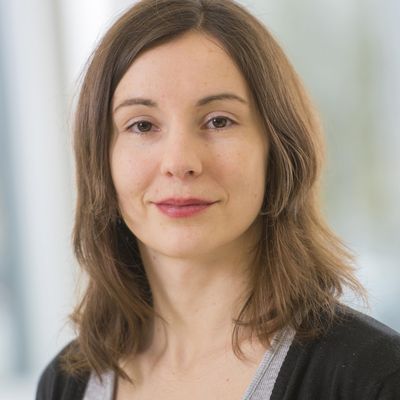
Maren Büttner
Systems Medicine
Contacts

Short summary of your group's research: Systems medicine at the DZNE aims to develop holistic approaches to tackle diseases such as Alzheimer’s, Parkinson’s, or amyotrophic lateral sclerosis (ALS) and translate new insights into the clinics. We aim to change how flow cytometry data is currently analyzed. Technological advances in flow cytometry increased the possible number of features to be comparable to mass cytometry. However, the most widely used analysis methods for flow data is the targeted gating approach, which relies on manual selection of cell populations. This approach has several shortcomings as results vary across experts and for one person over time, does not scale well for hundreds of patients and samples, and tends to focus on known cell types, such that new discoveries especially in the disease context become unlikely.
What could a participant of the HIDA Trainee Network learn in your group? How could he or she support you in your group? A guest researcher can learn how to leverage deep learning models to jointly integrate flow cytometry data from different sites and enable joint integration without sharing data with our swarm learning approach.
More hosts
- UFZ, GEOMAR, AWI
- DKFZ, Desy, DLR
- GFZ, FZJ (1.Teil)
- FZJ (2.Teil), Hereon, HZDR
- CISPA, Helmholtz Munich


